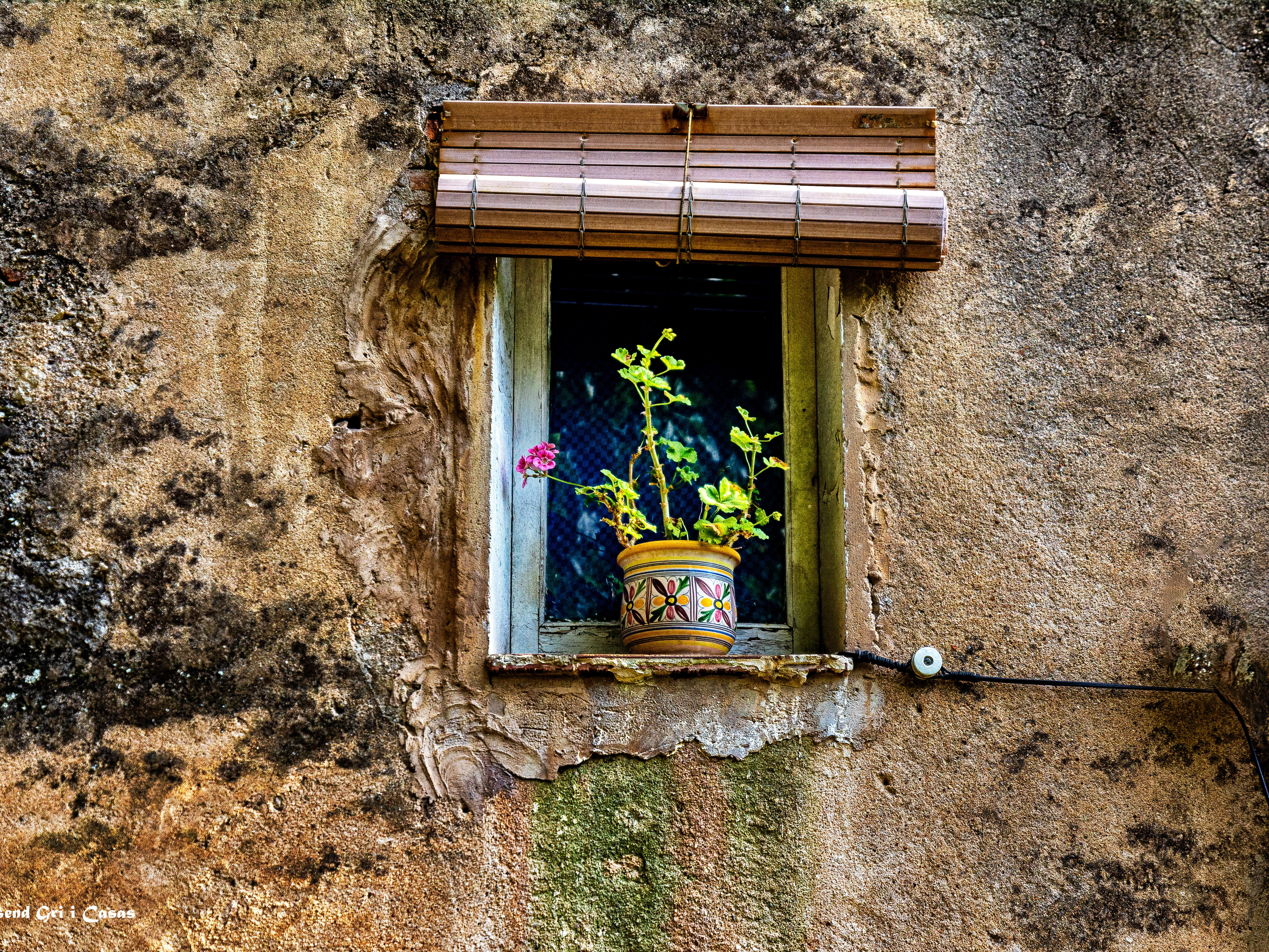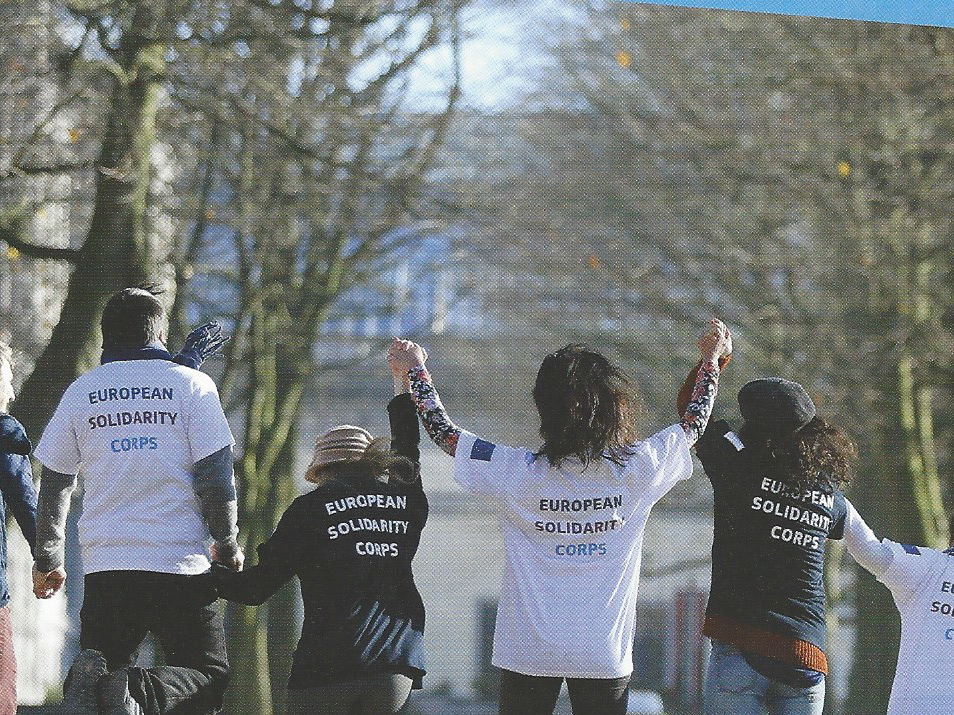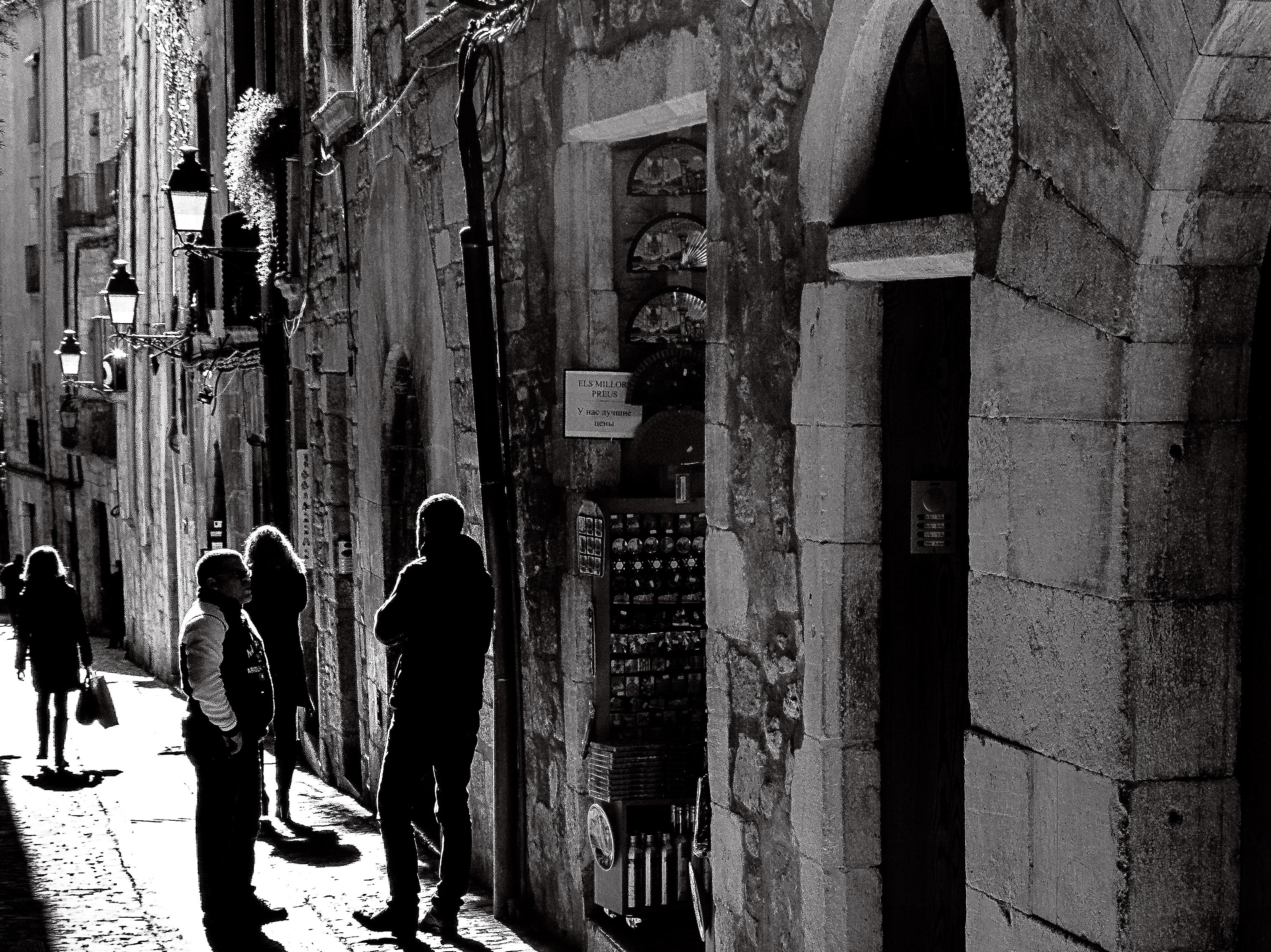Early bobbin lace in gold and silver thread, c. 1570.
A will of 1493 by the Milanese Sforza family mentions lace created with twelve bobbins.[3]
A will of 1493 by the Milanese Sforza family mentions lace created with twelve bobbins.[3]
Bobbin lace evolved from passementerie or braid-making in 16th-century Italy.[2] Genoa was famous for its braids, hence it is not surprising to find bobbin lace developed in the city. It traveled along with the Spanish troops through Europe.[4] Coarse passements of gold and silver-wrapped threads or colored silks gradually became finer, and later bleached linen yarn was used to make both braids and edgings.[5]
The making of bobbin lace was easier to learn than the elaborate cutwork of the 16th century, and the tools and materials for making linen bobbin lace were inexpensive. There was a ready market for bobbin lace of all qualities, and women throughout Europe soon took up the craft which earned a better income than spinning, sewing, weaving or other home-based textile arts. Bobbin lace-making was established in charity schools,










